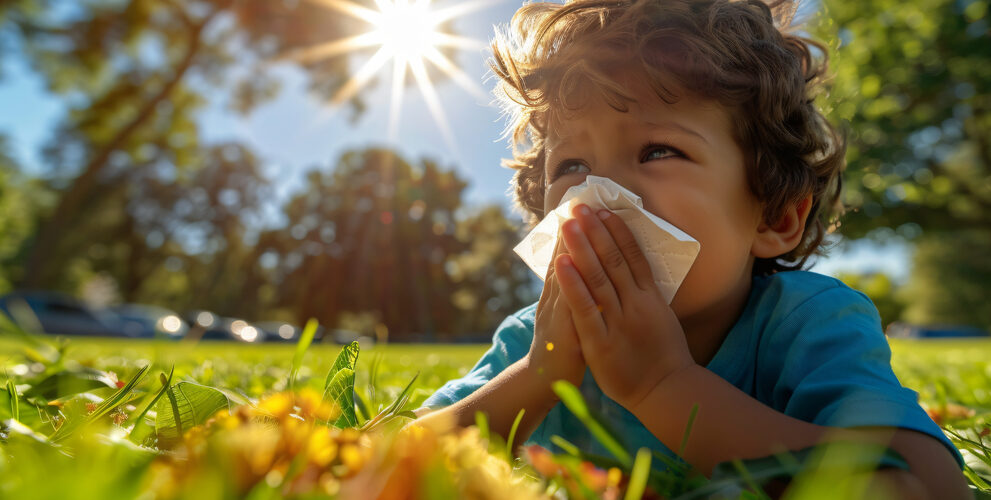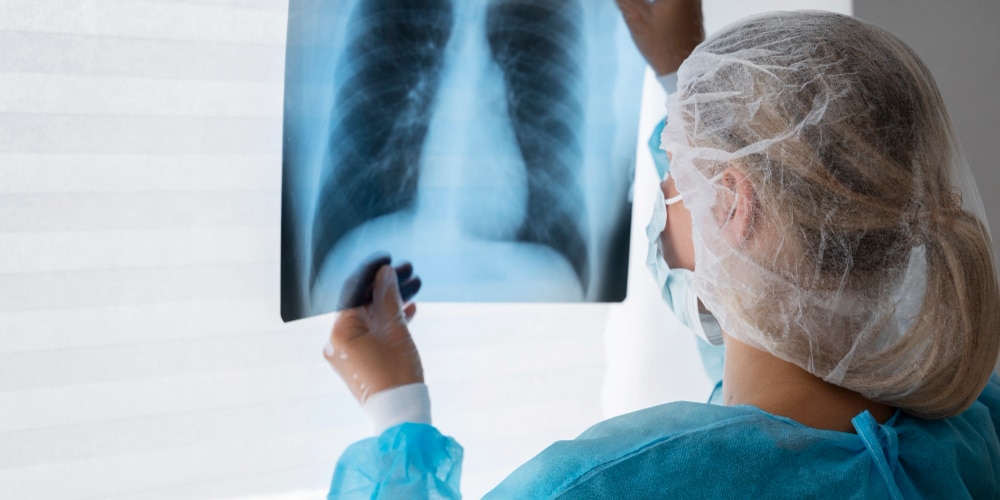1.5 billion children born after 2020 face lifetime heatwave exposure: Study
Those who have done the least to contribute to rising global temperatures will experience the most extreme impacts, says the research published in Nature
Author
Author
- admin / 7 months

- 0
- 3 min read

Author
Over half of children born during 2020 and after will experience significantly more extreme weather events during their lifetimes than previous generations, even if global warming is limited to 1.5 degrees Celsius above pre-industrial levels, according to a latest study published in Nature.
The international study titled “Global emergence of unprecedented lifetime exposure to climate extremes” has been authored by climate scientists Luke Grant and Wim Thiery.
“By stabilizing our climate around 1.5°C above pre-industrial temperatures, about half of today’s young people will be exposed to an unprecedented number of heatwaves in their lifetime,” warns Grant, in a press release.
They also modelled how temperatures would rise under higher warming scenarios. If temperatures rise by 3.5°C by 2100, an overwhelming 92% of children born in 2020 and after would experience unprecedented heatwave exposure, affecting approximately 111 million children worldwide.
The researchers defined “unprecedented lifetime exposure” as experiencing a cumulative number of extreme events that would have had less than a one-in-10,000 chance of occurring in a pre-industrial climate.
11 heatwaves in lifetime
Using a case study from Brussels, Belgium, they demonstrated that people born in 2020 will experience 11 heatwaves in their lifetime if warming is limited to 1.5°C. This increases to 26 heatwaves under a 3.5°C scenario. The study examined six different climate extremes: heatwaves, droughts, wildfires, crop failures, river floods, and tropical cyclones.
The researchers showed that it’s not just heatwaves that would show drastic increases, other climate extremes also presented significant concerns. Under a 3.5°C warming scenario, the proportion of children born in 2020 and after facing unprecedented exposure to crop failures would reach 29%, compared to 13% under a 1.5°C scenario.
There is a clear generational divide which can be seen with which populations are more at risk due to climate change. People born in 1960 would likely experience just three heatwaves during their lifetime, regardless of the warming scenario. For those born in 2020 after, this figure of three goes up multifold.
“This paper offers the clearest view that climate change is verifiably unfair: those who have done the least to contribute to rising global temperatures will experience the most extreme impacts,” Dr Harrington, a climate scientist, says.
The study also revealed troubling socioeconomic disparities. Under current climate policies, 95% of the most socioeconomically vulnerable children born in 2020 and after will experience unprecedented heatwave exposure, compared to 78% for the least vulnerable group.
“Precisely the most vulnerable children experience the worst escalation of climate extremes. With limited resources and adaptation options, they face disproportionate risks,” says Thiery.
When considering all children currently between 5-18 years old, researchers estimate that under a 3.5°C scenario, approximately 1.5 billion children would face unprecedented lifetime exposure to heatwaves. Limiting warming to 1.5°C could protect 654 million of these children.
“Our results call for deep and sustained greenhouse gas emissions reductions to lower the burden of climate change on current young generations,” the authors concluded.
Also read: Heatwaves Could Make You Age Faster, USC Study Warns
(Do you have a health-related claim that you would like us to fact-check? Send it to us, and we will fact-check it for you! You can send it on WhatsApp at +91-9311223141, mail us at hello@firstcheck.in, or click here to submit it online)










